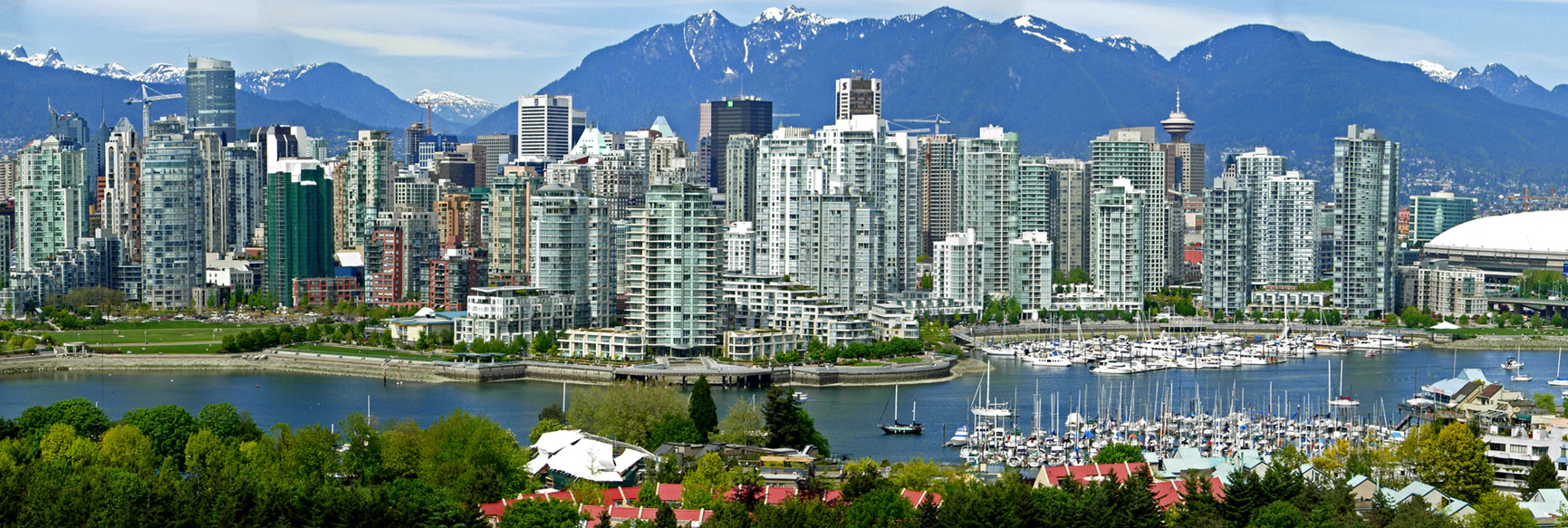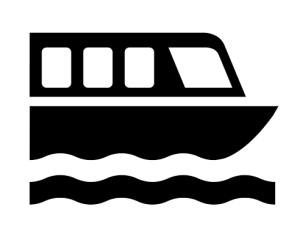MUSE Places
The MUSE program of research and knowledge sharing will unfold across Canada. To reflect the composition of the MUSE Team and principal knowledge users, our work is concentrated in four Canadians cities: Montreal, Saskatoon, Toronto, and Vancouver.
Vancouver

Principal Institutional Partner Vancouver Costal Health
Chief Medical Officer of Health Patricia Daly

- As of 2016, nearly 2.5 million people were living in the census metropolis of Vancouver (census metropolitan area-CMA), which makes up more than 50% of British Columbia’s population.
- Vancouver City counts over 630,000 inhabitants (14% of the province’s population).

- There are about 283,915 households in Vancouver, including 160,855 families. Nearly 56% of families have children, out of which 29% are single-parent families.

- At the top of the economic pyramid, 31% of households make more than $100,000 per year. At the bottom, 15% of households make less than $20,000 a year. In Vancouver, 17% of the population lived under the low income cutoff in 2016.

- Nearly 30% of commuters in Vancouver form the employed labor force use public transit, which includes the SkyTrain, SeaBus, West Coast Express, or bus. Vancouver’s public transit system, TransLink, reported 384.83 million rides in 2016.
- Active transportation is very frequent in Vancouver compared to other Canadian cities, with respectively 14% and 6% of commuters walking or biking to work.
Sources:
– Statistics Canada: Census Profile, 2016 Census (Last updated: March 20, 2018)
– Translink Ridership Backgrounder: Ridership
Past Vancouver KE-Activities
2 May 2018